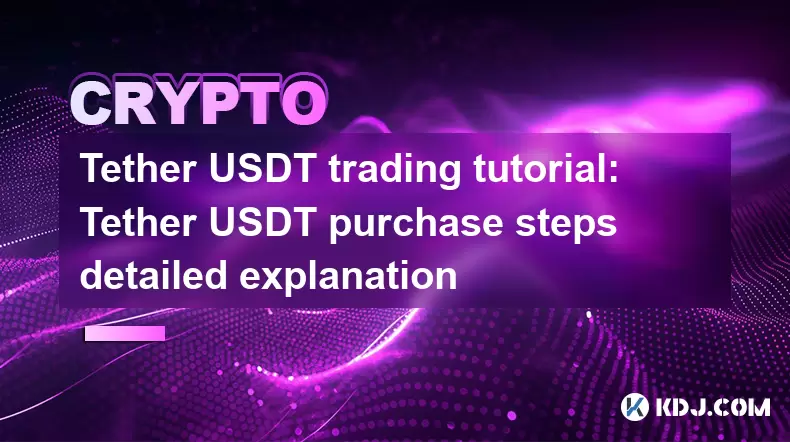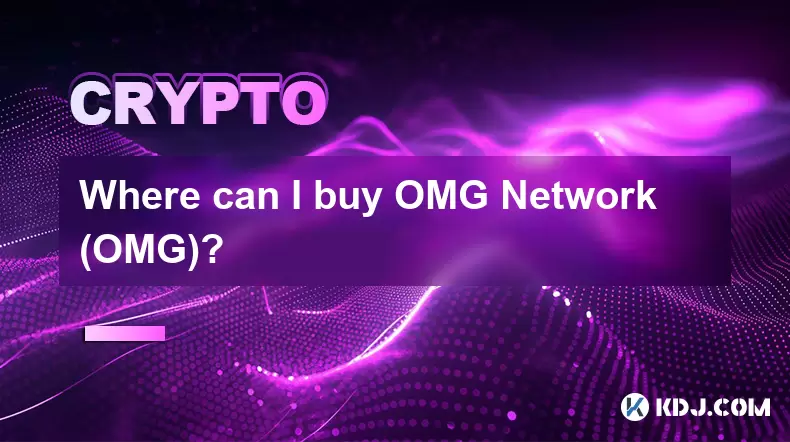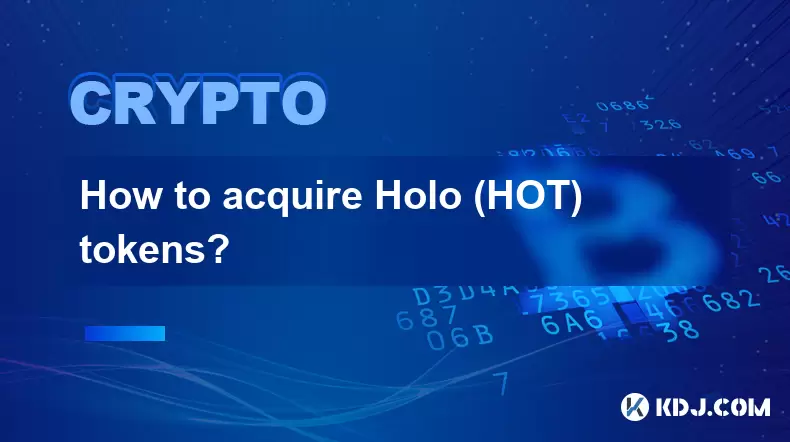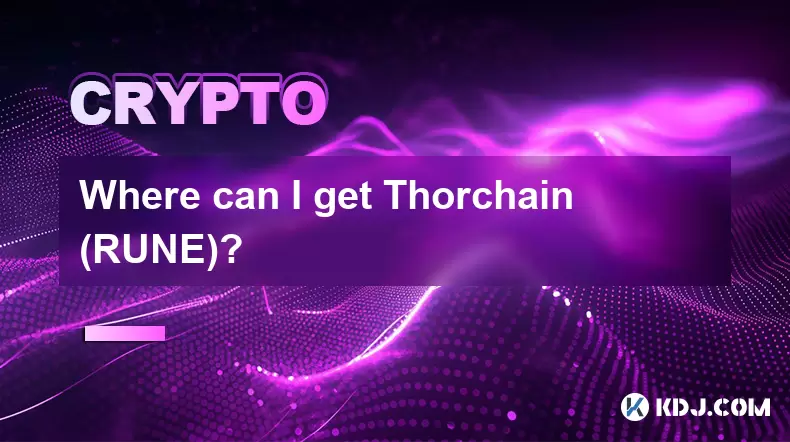-
 Bitcoin
Bitcoin $116700
0.24% -
 Ethereum
Ethereum $3973
4.34% -
 XRP
XRP $3.283
7.68% -
 Tether USDt
Tether USDt $1.000
0.01% -
 BNB
BNB $789.8
2.27% -
 Solana
Solana $176.2
3.31% -
 USDC
USDC $0.9999
0.00% -
 Dogecoin
Dogecoin $0.2238
5.14% -
 TRON
TRON $0.3389
-0.51% -
 Cardano
Cardano $0.7907
4.03% -
 Stellar
Stellar $0.4527
10.02% -
 Hyperliquid
Hyperliquid $41.07
4.27% -
 Sui
Sui $3.794
1.77% -
 Chainlink
Chainlink $19.49
10.40% -
 Bitcoin Cash
Bitcoin Cash $580.9
0.74% -
 Hedera
Hedera $0.2617
4.32% -
 Avalanche
Avalanche $23.41
3.67% -
 Ethena USDe
Ethena USDe $1.001
-0.03% -
 Litecoin
Litecoin $122.4
1.38% -
 Toncoin
Toncoin $3.364
1.49% -
 UNUS SED LEO
UNUS SED LEO $8.988
0.37% -
 Shiba Inu
Shiba Inu $0.00001295
2.82% -
 Uniswap
Uniswap $10.62
5.75% -
 Polkadot
Polkadot $3.922
4.46% -
 Dai
Dai $1.000
0.01% -
 Bitget Token
Bitget Token $4.494
2.15% -
 Monero
Monero $268.0
-1.30% -
 Cronos
Cronos $0.1523
3.68% -
 Pepe
Pepe $0.00001127
4.43% -
 Aave
Aave $285.4
4.85%
Tether USDT trading tutorial: Tether USDT purchase steps detailed explanation
Learn how to buy Tether USDT on exchanges like Binance: deposit funds, trade for USDT, and withdraw to a private wallet for secure storage and use in crypto trading.
Jun 01, 2025 at 01:21 am

Tether (USDT) is a popular stablecoin that maintains a 1-to-1 peg with the US dollar, making it a valuable tool for traders and investors in the cryptocurrency market. This article will provide a detailed tutorial on how to purchase Tether USDT, covering the necessary steps and platforms to use. Whether you're a beginner or an experienced trader, this guide will help you navigate the process with ease.
Choosing a Cryptocurrency Exchange
The first step in purchasing Tether USDT is to select a reliable cryptocurrency exchange that supports USDT trading. Several reputable exchanges offer USDT trading pairs, including Binance, Coinbase, and Kraken. When choosing an exchange, consider factors such as fees, security, and user interface. For this tutorial, we'll use Binance as an example, but the process is similar on other platforms.
- Visit the Binance website and create an account if you don't already have one. You'll need to provide an email address and create a strong password.
- Complete the identity verification process to comply with regulatory requirements. This usually involves submitting a government-issued ID and a proof of address.
- Enable two-factor authentication (2FA) for added security. You can use an authenticator app like Google Authenticator or Authy.
Depositing Funds into Your Exchange Account
Once your account is set up and verified, you'll need to deposit funds to purchase USDT. Binance supports various deposit methods, including bank transfers, credit/debit cards, and cryptocurrency deposits.
- Navigate to the "Deposit" section on the Binance website or app.
- Choose your preferred deposit method. If you're using a bank transfer, select your currency (e.g., USD) and follow the instructions to complete the transfer. For credit/debit card deposits, enter your card details and the amount you wish to deposit.
- Wait for the funds to arrive in your Binance account. This can take anywhere from a few minutes to several business days, depending on the method you chose.
Trading for Tether USDT
With funds in your account, you're ready to trade for Tether USDT. Binance offers multiple trading pairs for USDT, such as USDT/BTC, USDT/ETH, and USDT/USDC. For this example, we'll use the USDT/USDC pair.
- Navigate to the "Trade" section on Binance and select the "Spot" trading interface.
- Search for the USDT/USDC trading pair and click on it to open the trading chart.
- Enter the amount of USDC you want to trade for USDT in the "Buy USDT" order form. You can choose between a market order (executed at the current market price) or a limit order (executed at a specific price you set).
- Review your order details and click "Buy USDT" to execute the trade. The USDT will be credited to your spot wallet on Binance.
Withdrawing Tether USDT to a Private Wallet
If you prefer to store your Tether USDT in a private wallet for added security, you can withdraw it from the exchange. Here's how to do it on Binance:
- Navigate to the "Wallet" section and select "Withdraw."
- Choose Tether (USDT) as the cryptocurrency you want to withdraw.
- Enter the withdrawal address of your private wallet. Make sure to double-check the address, as transactions are irreversible.
- Specify the amount of USDT you want to withdraw and any additional network fees.
- Review the withdrawal details and click "Submit" to initiate the withdrawal. The USDT will be sent to your private wallet, and the transaction may take some time to confirm on the blockchain.
Using Tether USDT for Trading and Investing
Now that you have Tether USDT in your possession, you can use it for various purposes within the cryptocurrency ecosystem. Here are some common use cases:
- Trading pairs: Many cryptocurrency exchanges offer trading pairs with USDT, allowing you to trade other cryptocurrencies without converting back to fiat currency.
- Stablecoin investments: Some investors hold USDT as a way to park their funds during market volatility, as it maintains a stable value pegged to the US dollar.
- Cross-border transactions: USDT can be used for fast and low-cost cross-border payments, as it operates on blockchain networks.
Managing Your Tether USDT Holdings
To effectively manage your Tether USDT holdings, consider the following tips:
- Monitor the peg: While Tether aims to maintain a 1:1 peg with the US dollar, there may be occasional deviations. Keep an eye on the market price of USDT to ensure it remains stable.
- Diversify your portfolio: While USDT can be a useful tool, it's essential to diversify your cryptocurrency holdings to mitigate risk.
- Stay informed: Keep up with news and developments related to Tether and the broader cryptocurrency market to make informed decisions about your USDT holdings.
Frequently Asked Questions
Q: Can I purchase Tether USDT directly with fiat currency?
A: Yes, some exchanges like Coinbase allow you to buy Tether USDT directly with fiat currency, such as USD or EUR. The process is similar to depositing funds and trading, but you'll select USDT as the asset to purchase with your fiat deposit.
Q: Are there any risks associated with holding Tether USDT?
A: While Tether aims to maintain a stable peg to the US dollar, there are some risks to consider. These include potential de-pegging events, regulatory scrutiny, and the centralized nature of Tether's reserves. It's essential to stay informed and manage your exposure to USDT accordingly.
Q: Can I use Tether USDT on decentralized exchanges (DEXs)?
A: Yes, many decentralized exchanges support Tether USDT trading. To use USDT on a DEX, you'll need to transfer it from your exchange or private wallet to the DEX's supported network (e.g., Ethereum or Tron) and follow the platform's specific trading instructions.
Q: How do I check the balance of my Tether USDT holdings?
A: If your USDT is held on an exchange, you can check your balance in the wallet or portfolio section of the platform. For USDT stored in a private wallet, you can use a blockchain explorer specific to the network your USDT is on (e.g., Ethereum or Tron) and enter your wallet address to view your balance.
Disclaimer:info@kdj.com
The information provided is not trading advice. kdj.com does not assume any responsibility for any investments made based on the information provided in this article. Cryptocurrencies are highly volatile and it is highly recommended that you invest with caution after thorough research!
If you believe that the content used on this website infringes your copyright, please contact us immediately (info@kdj.com) and we will delete it promptly.
- Bitcoin, Litecoin, and Avalanche: Decoding the Crypto Buzz in the Big Apple
- 2025-08-09 00:30:12
- Pengu Takes Flight: Can This Solana Meme Coin Conquer the Top 3?
- 2025-08-09 00:50:13
- Ethereum and Shiba Inu: Navigating the Bull Move
- 2025-08-09 00:35:12
- Navigating the Crypto Market in 2025: Smart Decisions for Meme Coin Investing
- 2025-08-09 00:55:55
- Punisher Coin: The Altcoin Ready to Punish Your Portfolio with Gains?
- 2025-08-08 22:50:16
- Mutuum Finance, Bitcoin Whales, and Binance: Decoding the Crypto Currents
- 2025-08-08 22:30:11
Related knowledge

Where can I buy UMA (UMA)?
Aug 07,2025 at 06:42pm
Understanding UMA and Its Role in Decentralized FinanceUMA (Universal Market Access) is an Ethereum-based decentralized finance (DeFi) protocol design...

Where can I purchase Siacoin (SC)?
Aug 08,2025 at 11:14am
Understanding Siacoin (SC) and Its Role in the Sia NetworkSiacoin (SC) is the native cryptocurrency of the Sia decentralized cloud storage platform, a...

Where can I buy OMG Network (OMG)?
Aug 08,2025 at 12:57pm
Understanding OMG Network (OMG) and Its PurposeThe OMG Network, originally known as OmiseGO, is a layer-2 scaling solution built on the Ethereum block...

What exchanges support buying IOTA (MIOTA)?
Aug 07,2025 at 09:58pm
Understanding the Role of Private Keys in Cryptocurrency SecurityIn the world of cryptocurrency, private keys are the cornerstone of ownership and con...

How to acquire Holo (HOT) tokens?
Aug 08,2025 at 05:56am
Understanding Holo (HOT) and Its EcosystemHolo (HOT) is a cryptocurrency token associated with the Holo ecosystem, which is built on the Holochain fra...

Where can I get Thorchain (RUNE)?
Aug 08,2025 at 08:07am
Understanding the Role of Seed Phrases in Cryptocurrency WalletsA seed phrase, also known as a recovery phrase or mnemonic phrase, is a critical compo...

Where can I buy UMA (UMA)?
Aug 07,2025 at 06:42pm
Understanding UMA and Its Role in Decentralized FinanceUMA (Universal Market Access) is an Ethereum-based decentralized finance (DeFi) protocol design...

Where can I purchase Siacoin (SC)?
Aug 08,2025 at 11:14am
Understanding Siacoin (SC) and Its Role in the Sia NetworkSiacoin (SC) is the native cryptocurrency of the Sia decentralized cloud storage platform, a...

Where can I buy OMG Network (OMG)?
Aug 08,2025 at 12:57pm
Understanding OMG Network (OMG) and Its PurposeThe OMG Network, originally known as OmiseGO, is a layer-2 scaling solution built on the Ethereum block...

What exchanges support buying IOTA (MIOTA)?
Aug 07,2025 at 09:58pm
Understanding the Role of Private Keys in Cryptocurrency SecurityIn the world of cryptocurrency, private keys are the cornerstone of ownership and con...

How to acquire Holo (HOT) tokens?
Aug 08,2025 at 05:56am
Understanding Holo (HOT) and Its EcosystemHolo (HOT) is a cryptocurrency token associated with the Holo ecosystem, which is built on the Holochain fra...

Where can I get Thorchain (RUNE)?
Aug 08,2025 at 08:07am
Understanding the Role of Seed Phrases in Cryptocurrency WalletsA seed phrase, also known as a recovery phrase or mnemonic phrase, is a critical compo...
See all articles

























































































